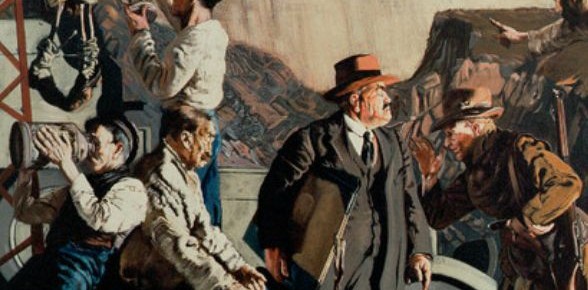
What were the greatest challenges you faced in writing A Short History of Ireland?
Balancing personalities from Brian Boru, to Adams and McGuinness – with religion, economics, social change, the famine. Covering the conflict in Northern Ireland was very difficult, especially the need to be dispassionate and fair-minded while dealing with murder, maiming and intransigence. And it was also difficult to decide how much detail to include without clogging the pace of the book.
What is your favourite period of Irish History?
My Ph. D. was ‘The Irish Republican Brotherhood in the period 1914-24’ and that period still is my favourite, not least because I was privileged to have met so many men and women who had taken part in making that history. Robert Barton, who remembered playing cricket with Parnell and having tea with Gladstone in No. 10. Joe O’Docherty who told me of sitting on his aged grandfather’s knee and hearing about how his grandfather had escaped detection by a government agent because the man was wearing boots: rebels did not have any. Siobhan Lankford who remembered as if it was yesterday cycling as fast as she could to warn an IRA column of a British ambush; Emmet Dalton who was with Michael Collins when Collins was killed, and de Valera, President of Ireland in his nineties, recalling hearing news of the Treaty in Limerick and then driving to Dublin to hear more.
What are the main additions/changes in this revised and updated edition?
For the first time the book contains illustrations ranging from Bronze Age treasure to Gladstone’s handwritten notes on Home Rule and the Queen shaking hands with Martin McGuinness. The new cover of the book has Sean Keating’s masterpiece, ‘Night’s Candles are burnt out’, painted in the 1920s to mark Irish independence. The text incorporates new findings from DNA research; bringing out the role of women, repressed for so long; introducing pen sketches of leading figures; analysing the Peace Process and the banking/building/credit collapse of recent years, ending with the 2011 and 2012 general elections North and South.
Where do you like to write?
My favourite place is at my desk (it’s a table) with my books and papers and notes all around, without being disturbed!
Typewriter, word processor or pen?
Word processor. My first edition was written with an electric typewriter that used carbon ribbon. I was more than half-way through with a satisfying pile of pages beside the typewriter when a water pipe burst immediately above and washed the pages and the carbon type away. I took to my bed!
Have you got plans for more books in the future?
Yes – too many!
I want to bring my original research up to date and write about the IRB (aka The Fenians), the first international projection of Irish nationalism (and the first international terrorists). My history of the US Central Intelligence Agency is now 25 years old, and I would like to bring that up to date too. And I am considering a Memoir of my own experiences – the people I have met and interviewed and worked with.
I hope very much to do another edition of A Short History in another ten years or so: editions of the book have been in constant print for 30 years, and I would love to push that forward again!
Latest Comments
Have your say!